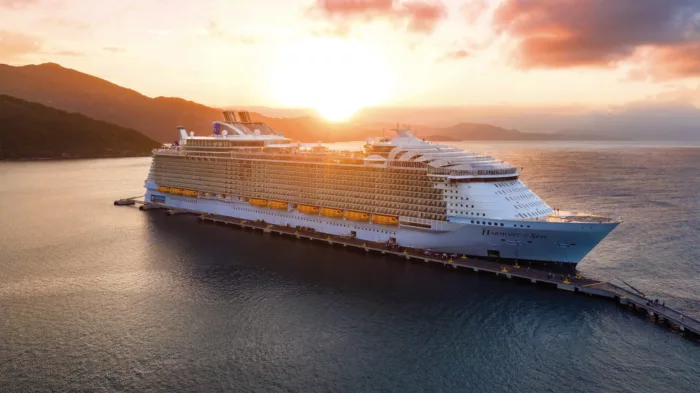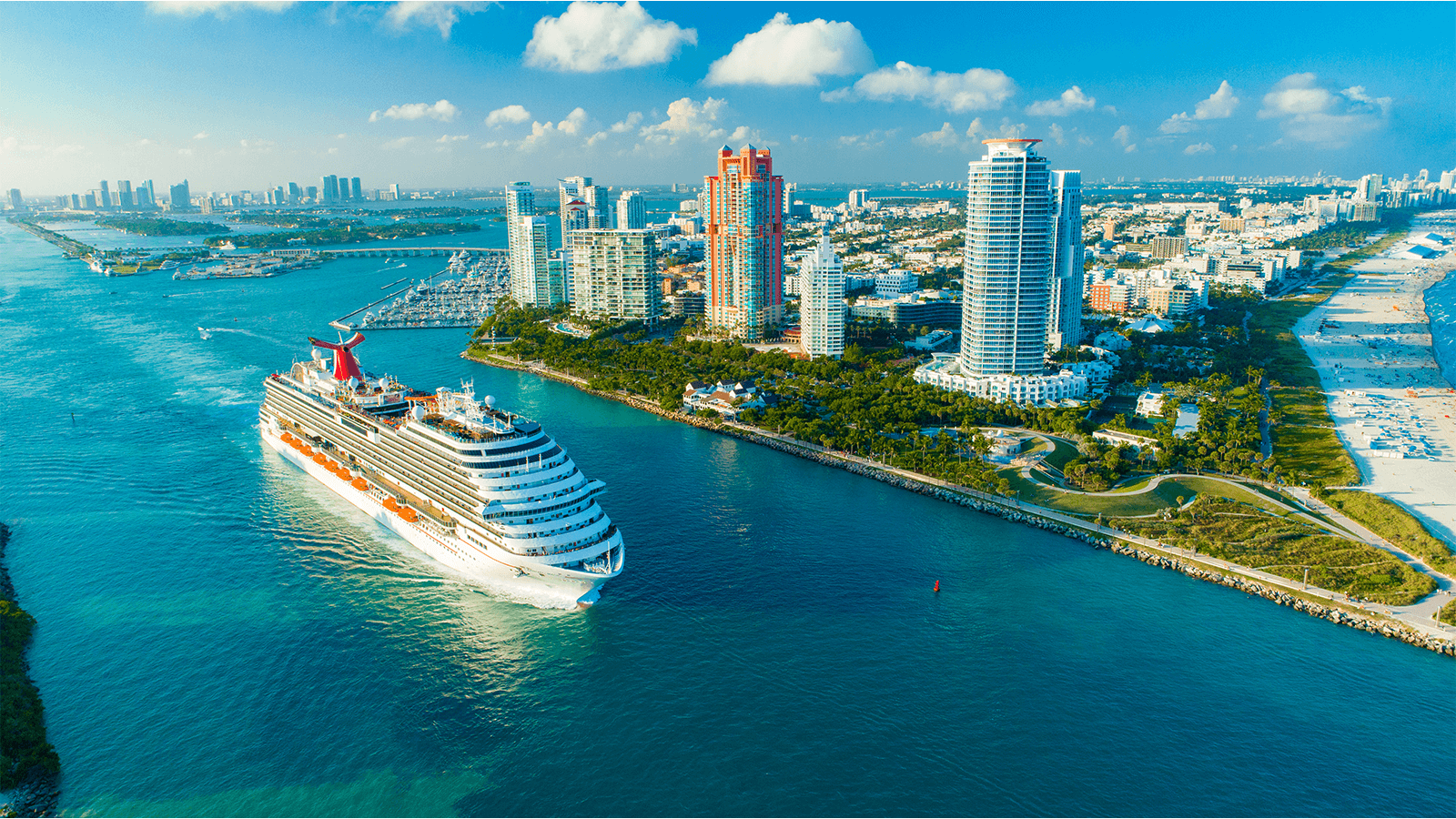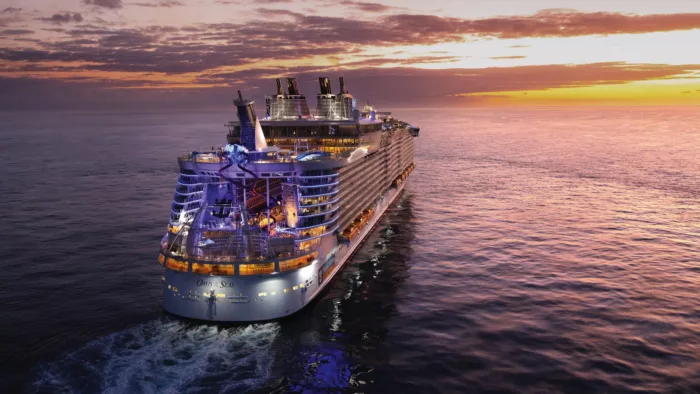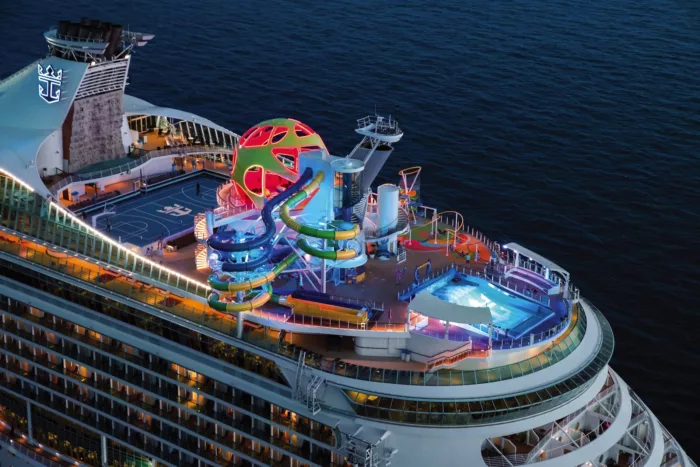
Royal Caribbean International
North American cruise line Royal Caribbean International has an impressive history and global reputation.
The cruise line is famed for its fleet of mega-ships, which consist of Utopia of the Seas, Wonder of the Seas, Harmony of the Seas and more.
Each ship is full to the brim of thrills and entertainment, with the cruise line continuing to innovate.
2702
Passengers
852
Crew
2004
Launched
2021
Last refit
90090t
Tonnage
293m
Length
32m
Width
25kts
Speed
12
Decks
USD
Currency
Cruise Itinerary
Ship Details


Royal Caribbean International
Jewel of the Seas
Wander to the world’s most captivating destinations onboard Jewel of the Seas®.
Cabins
All Prices








